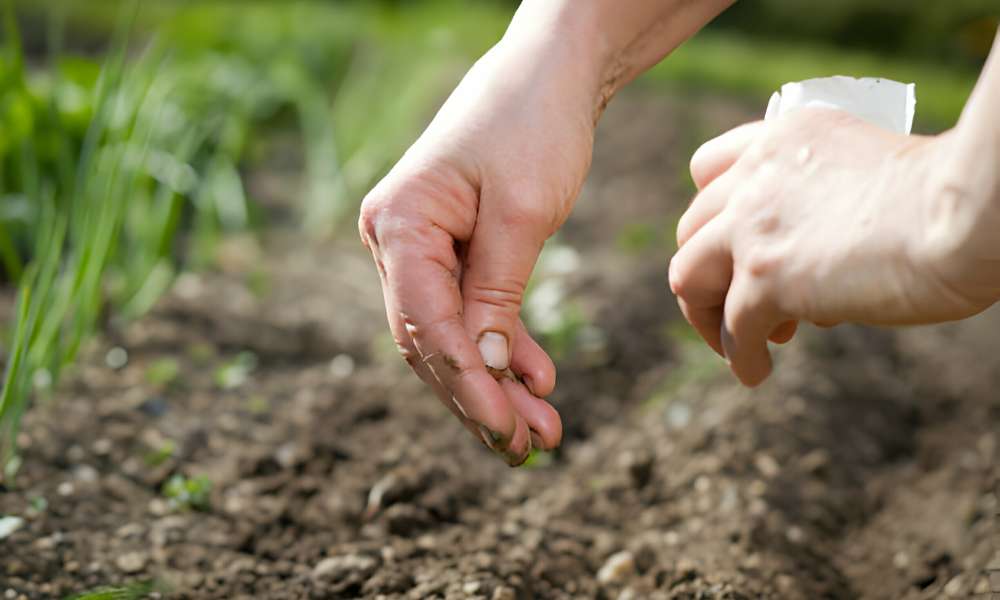Reseeding your lawn is a vital step toward maintaining a lush, green outdoor space, offering numerous benefits including enhanced curb appeal and a healthier environment. Understanding how to reseed your lawn properly is crucial for achieving optimal growth and longevity of your grass. This process, not only vital for repairing bare or damaged patches, ensures your lawn remains vibrant and resilient against environmental stresses. By integrating to reseed your lawn techniques, homeowners can significantly improve their lawn’s density and appearance, making it more enjoyable and sustainable. This article serves as a comprehensive guide, explaining the importance of reseeding, the benefits it brings to your land, and detailed steps to successfully rejuvenate your outdoor space.
How Do I Prepare My Lawn For Reseeding?
Preparing your lawn for reseeding is an important step to ensure successful growth and a healthy, lush land. Begin by mowing the existing grass as short as possible to allow the new seeds to make better contact with the soil. Next, rake the area to remove any debris or thatch that may hinder seed germination. Aerating the soil can also help improve seed-to-soil contact and promote better root development.
Do I Need To Fertilize Before Reseeding My Lawn?
Yes, it is generally recommended to fertilize before reseeding your lawn. Fertilizing helps provide essential nutrients for the new grass seeds to germinate and establish strong roots. A balanced fertilizer with a higher phosphorus content is often preferred for this purpose, as phosphorus promotes root development.
Can I Walk On The Newly Seeded Lawn?
It is generally recommended to avoid walking on a newly seeded lawn until the grass has had a chance to establish and grow. Walking on the freshly seeded area can disrupt the germination process and potentially damage the delicate young grass shoots. It is important to allow the seeds to take root and grow undisturbed for at least 4-6 weeks before walking on the land.
Preparing For Reseeding
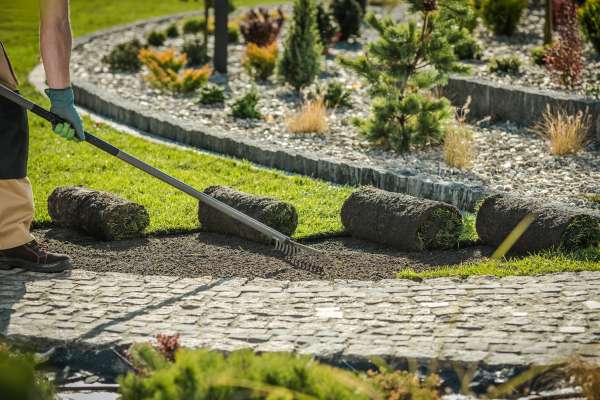
1. Soil Testing
Before embarking on the reseeding journey, it’s essential to understand the condition of your soil. Soil testing is a pivotal first step, as it provides invaluable insights into the pH levels and nutrient composition of your lawn’s soil. This knowledge enables you to make informed decisions on any amendments needed to create the optimal growing environment for new grass seeds. By adjusting your soil’s pH and nutrient levels according to the test results, you ensure that your land has the best possible foundation for new growth.
2. Clearing Debris
The next step in preparing your lawn for reseeding is to clear any debris, including leaves, twigs, and stones, that could impede the growth of new grass. This process is crucial for ensuring that the new seeds have direct contact with the soil, which is vital for germination. Additionally, removing debris helps to prevent diseases and pests that could harm your land during its vulnerable stages of reseeding. Taking the time to thoroughly clean your land creates a clean slate for the new seeds, enhancing their chances of successful germination and growth.
3. Mowing The Lawn
Mowing the lawn is another essential preparation step before reseeding. It involves cutting your existing grass to a lower height than usual, which serves several purposes. Firstly, it ensures that the new seeds have enough light and air to germinate properly. Secondly, it reduces competition for water and nutrients between the new seeds and the existing grass. Mowing your lawn also helps in identifying any uneven areas that may need leveling before reseeding. By carefully mowing your land, you create an ideal environment that encourages the new seeds to take root and flourish.
Using A Seed Spreader For Even Coverage
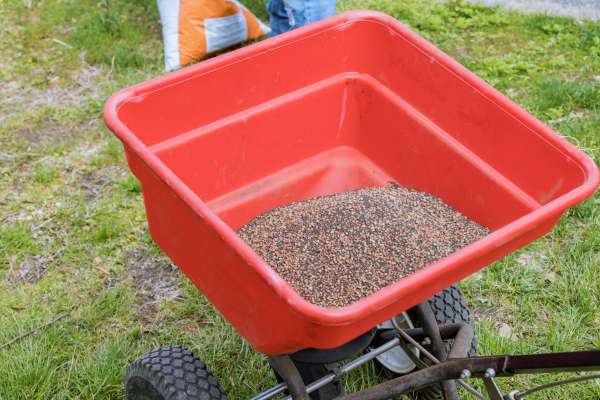
To ensure the best outcomes when reseeding your lawn, achieving even seed distribution is paramount. Utilizing a seed spreader is an efficient and effective way to accomplish this. Seed spreaders come in various types, including broadcast and drop models, each suited to
different lawn sizes and shapes. By evenly dispersing seeds across the intended area, you reduce the risk of patchy growth and enhance the overall appearance of your lawn. For those looking to master how to reseed lawn spaces, mastering the use of a seed spreader can significantly impact the uniformity and health of your lawn. Calibration of your seed spreader according to the seed manufacturer’s recommendations is crucial to ensure that you’re applying the right amount of seed across your land, promoting an evenly lush and green space.
Mulching To Retain Moisture Seeds
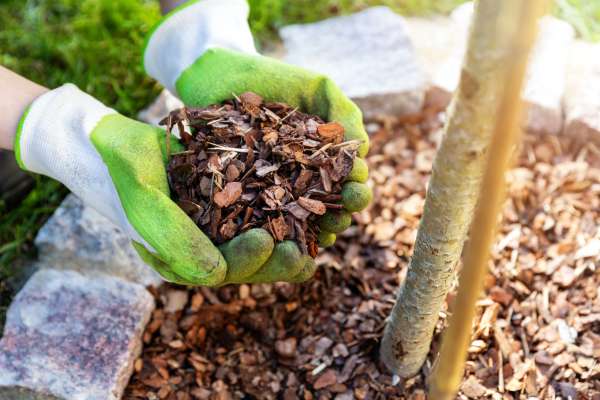
Mulching plays a pivotal role in the reseeding process, particularly in retaining moisture necessary for seed germination. After spreading the seeds, applying a thin layer of mulch can help to keep the soil moist and provide a protective barrier against birds and erosion. Organic mulches, such as straw or finely shredded bark, are ideal for this purpose. They not only retain moisture but also break down over time, adding valuable nutrients to the soil. For homeowners exploring how to reseed lawn areas for optimal growth, incorporating mulching into your strategy can significantly increase the success rate of seed germination by maintaining an ideal growth environment, ultimately leading to a thicker, more resilient lawn.
Merchandising With Excessive Thatch Buildup
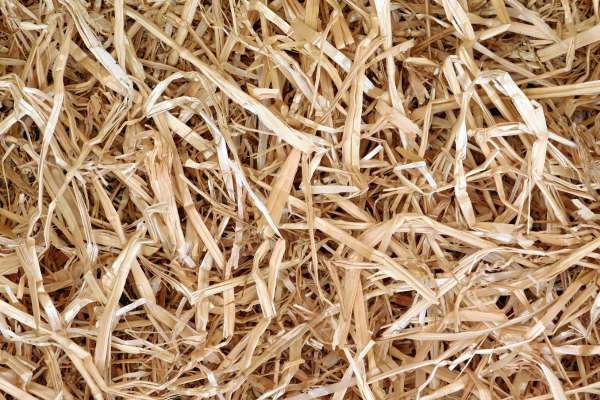
Addressing excessive thatch buildup is essential in the lawn reseeding process. Thatch, a layer of dead grass and root matter, can prevent seeds from reaching the soil and hinder water and nutrient penetration. Removing thatch before reseeding can dramatically improve seed-to-soil contact, a critical factor for successful germination. Techniques such as dethatching or using a power rake can effectively remove this barrier, allowing your new seeds the best possible start. For those focused on how to reseed lawn spaces efficiently, dealing with thatch buildup is a step that cannot be overlooked. Properly preparing the lawn by removing thatch ensures that seeds have the necessary access to soil, water, and nutrients, promoting a healthier, more vibrant land.
Reseeding Process

1. Aerating The Soil
Aerating the soil is the first crucial step in the reseeding process. This involves creating small holes in your lawn to allow air, water, and nutrients to penetrate the grass roots more effectively. Aerating helps to alleviate soil compaction, which can prevent proper circulation of air and water within the soil, hindering the growth of new grass seeds. You can use a manual aerator or rent a machine for larger lawns. This step improves the soil environment significantly, making it more receptive to new seeds.
2. Spreading Seeds Evenly
After aerating, the next step is to spread the seeds evenly across your lawn. This requires a careful approach to ensure that the seeds are distributed uniformly. Using a broadcast spreader can help achieve this consistency, especially for large areas. It’s important to choose the right type of grass seed that matches your current land and local climate conditions. Ensuring even coverage will help prevent patchiness, leading to a more uniform and aesthetically pleasing lawn.
3. Applying Fertilizer And Water
Once the seeds are sown, applying starter fertilizer will provide them with essential nutrients needed for growth. Look for a fertilizer formulated specifically for new grass. Following the application of fertilizer, it is vital to water your lawn adequately. The soil should be kept consistently moist but not waterlogged, as overwatering can wash away seeds or lead to fungal diseases. Watering should be done gently to avoid disturbing the newly planted seeds, using a fine mist setting on your garden hose or a sprinkler system designed for this purpose.
Dealing With Patchy Growth
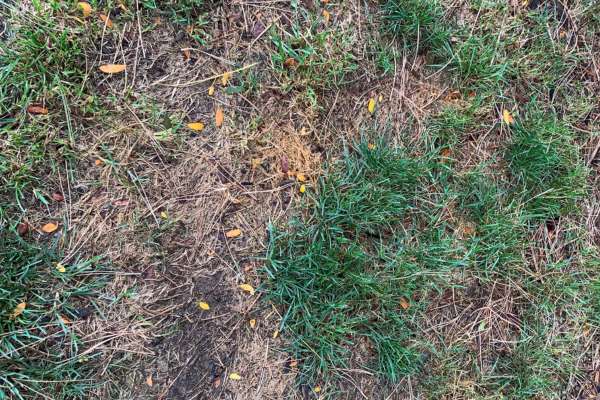
Dealing with patchy growth in a lawn can be frustrating, but there are several effective strategies to promote healthier and more uniform grass. One key solution is to aerate the lawn regularly. Aerating involves creating small holes in the soil to allow for better air circulation, water absorption, and nutrient uptake by the roots. This helps to alleviate compaction and improve overall turf health.
Planning For Future Reseeding Cycles

Once your land has reached a certain stage of maturity, it’s essential to start planning for future reseeding cycles to ensure its continued health and vibrancy. One key factor to consider is the timing of reseeding, as choosing the right season can greatly impact the success of the process. By paying attention to local climate conditions and soil temperatures, you can optimize your chances for successful grass seed germination.
Engaging Professional Services For Reseeding Projects

Professional services can also address potential challenges that may arise during the reseeding process, such as dealing with pests or optimizing watering schedules for newly seeded areas. By investing in professional assistance for your reseeding project, you are not only saving time and effort but also increasing the likelihood of a lush and healthy land in the long run. Remember that engaging professionals brings a level of expertise that can make all the difference in achieving a successful reseeding outcome.
The Final Thought
To reseed your lawn is a crucial step in maintaining a healthy and vibrant outdoor space. By following the proper steps outlined in this article, you can ensure successful germination and growth of new grass seeds. Remember to prepare the soil adequately, choose the right seed for your climate and soil type, and provide proper care and maintenance after seeding. With patience and dedication, you will soon enjoy a lush and green land that enhances the beauty of your property. Start planning your land reseeding project today and take the first step towards transforming your outdoor space into a thriving oasis of greenery.
